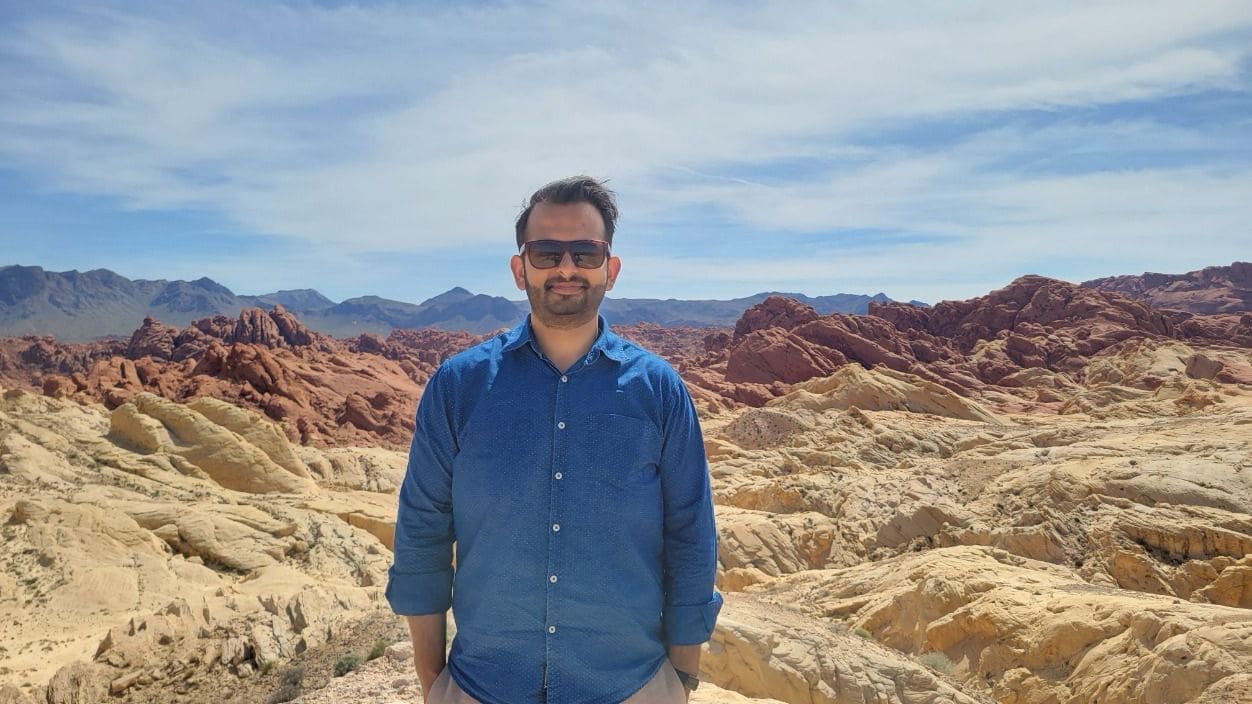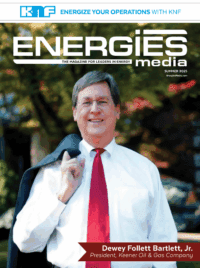The nuclear power industry continues to evolve as plants seek to balance operational efficiency with stringent safety requirements. Nuclear power is set to reach a new record in 2025, with over 70 gigawatts of new nuclear capacity under construction globally – one of the highest levels in the last 30 years, according to the International Energy Agency (IEA). In this expanding landscape, Sagarkumar Soni, a seasoned nuclear engineer with over a decade of experience, has made significant contributions to nuclear power safety and efficiency across two major energy companies. Following an impressive tenure at Bruce Power in Canada, where he served from 2015 to 2024, Soni now brings his expertise to Duke Energy as a Senior Nuclear Engineer in North Carolina. At Duke Energy, which operates 11 nuclear units across six sites in the Carolinas, generating about 10,700 megawatts of power and providing approximately half of its customers’ power needs, Soni continues to develop innovative solutions for the industry’s most pressing challenges. His unique career path, spanning both Canadian and American nuclear facilities, offers valuable insights into advancing nuclear power technology and safety protocols.
Improving reactor maintenance procedures
One persistent challenge in nuclear plant operations involves reactor maintenance procedures. At Bruce Power, this challenge manifested in the operation of the CWEST inspection system, which required repositioning between reactor faces during maintenance cycles. The system needed to be deployed from either the East or West face of the reactor, depending on which Pressure Tubes (PT) and locations were selected in the Scope of Work (SOW).
The previous process required disconnecting and reconnecting the entire CWEST system when inspections needed to cover both “near” and “far” side locations. This procedure typically resulted in 36-hour delays and significant revenue impact, with each day of downtime affecting plant output and operational efficiency.
In response to this issue, Soni developed the scrape plug system. The system enables inspections from a single position, eliminating the need for equipment transfers between reactor faces. This modification not only reduced radiation exposure for maintenance staff but also maintained compliance with ALARA (As Low As Reasonably Achievable) principles, a fundamental aspect of nuclear safety protocols.
The implementation process involved creating comprehensive deployment procedures and establishing communication protocols between the CWEST tool and the Scrape Plug. These technical specifications required a detailed understanding of reactor vessel geometry and inspection requirements to ensure reliable operation while maintaining safety standards.
Developing risk assessment solutions
During his work at Bruce Power, Soni developed a methodology for handling electrical bus outages during the facility’s Major Component Refurbishment project. The approach specifically addressed situations where electrical maintenance extended beyond planned timeframes, a common challenge in nuclear facility operations.
The methodology incorporated a detailed analysis of system configurations and safety parameters. When an electrical bus outage required a five-day extension, the assessment process evaluated multiple factors: the impact on safety systems, risk calculations for core damage frequency, and the feasibility of alternative power routing configurations.
Through systematic evaluation using Level 1 PRA Fault Tree modeling and PRA Quant software simulations, Soni’s assessment enabled continued unit operation by rerouting components through neighboring units. The solution maintained safety standards while avoiding extended shutdowns that typically cost $1.2 million per day in lost revenue.
Technical implementations in nuclear operations
Soni’s work in nuclear operations spans multiple technical domains. His initial role as a Fuelling Engineer at Bruce Power involved managing CANDU reactor core operations, requiring precise control of flux distribution and both bulk and spatial power parameters. This position demanded a detailed understanding of nuclear fuel behavior and reactor physics principles.
His responsibilities later expanded to include oversight of inspection tools for fuel channel assessments. This work involved both destructive and non-destructive testing methods, crucial for predicting reactor component lifespan and maintaining operational safety margins. The role required expertise in materials science and structural integrity assessment techniques.
In the Probabilistic Risk Assessment group, Soni’s work focused on maintaining PRA Design Safety Margins for all Safety Systems across multiple nuclear reactors. This involved a detailed analysis of system interactions and failure modes, incorporating data from the Preventative Maintenance (PM) Program to evaluate the impact on safety margins.
Industry standards and safety protocols
Soni worked extensively with industry protocols for equipment maintenance and safety assessments. His experience in probabilistic risk assessment proved valuable in establishing operational parameters, particularly when determining Allowable Outage Time (AOT) for critical systems. Soni’s calculations incorporated industry-standard metrics like Incremental Core Damage Frequency to determine safe operational windows.
During his tenure at Bruce Power, Soni balanced theoretical risk assessment with practical operational needs. His work included evaluating system redundancies, backup power configurations, and emergency response capabilities. His assessments contributed to maintaining multiple layers of safety systems, ensuring reliable operation through regular evaluation and maintenance protocols.
Evolution of nuclear technology
At Duke Energy, Soni continues to work on advancing nuclear power generation through technological improvements. His current projects include analyzing fuel performance for initiatives aimed at extending fuel cycle lengths from 18 to 24 months between replacements. Soni’s assessments cover crucial aspects of fuel performance characteristics, including thermal behavior, mechanical stability, and corrosion resistance over extended operational periods.
Through his career progression from Bruce Power to Duke Energy, Soni has addressed challenges in maintaining aging infrastructure while implementing modern control systems. His experience in specialized tooling and risk assessment has informed approaches to integrating new technologies with existing plant systems. Soni’s work demonstrates the importance of evaluating both compatibility and safety implications while considering immediate operational needs and long-term sustainability requirements.
Recognition and industry leadership
Soni’s contributions to nuclear engineering have garnered recognition. His work is slated for publication in the International Journal of Safety and Engineering Systems, highlighting the broader impact of his methodologies on nuclear plant operations.
Soni has been nominated for the Cases and Faces award for 2025, a distinguished industry recognition program founded in 2012 that celebrates exceptional achievement across multiple sectors, including technology innovation. This nomination acknowledges his development of the SCRAPE PLUG system and risk assessment methodologies, which have measurably enhanced plant efficiency while upholding stringent safety standards in nuclear operations.
Professional development and industry dialogue
Soni maintains involvement in industry dialogue through multiple channels. Beyond his technical work, he hosts a podcast focused on productivity and workplace efficiency, addressing both technical requirements and operational constraints in the nuclear sector. His discussions explore ways to optimize processes while maintaining safety standards, drawing from his experience across multiple facets of nuclear operations.
Through his various roles in nuclear engineering, Soni has contributed to the sector’s ongoing development of methodologies for enhancing plant efficiency and safety. His work in probabilistic risk assessment, fuel performance analysis, and fuel channel inspection system optimization reflects the industry’s commitment to continuous improvement. As nuclear facilities continue to evolve, Soni’s current focus on fuel mechanical performance at Duke Energy represents the ongoing effort to integrate new technologies while maintaining exemplary safety records.
Rebecca Ponton is the editor in chief at U.S. Energy Media and author of Breaking the Gas Ceiling: Women in the Offshore Oil and Gas Industry. She is the publisher of Books & Recovery digital magazine.






